Happy Planning Month! Recognizing the Importance of Purposeful Community Planning
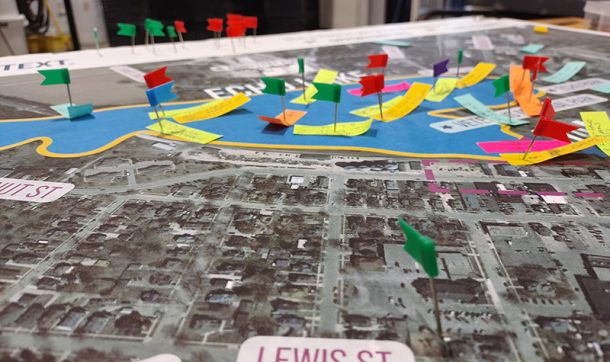
By Amanda Arnold, AICP
It seems like everything has a day or a month associated with it these days, particularly on social media. There’s “National Son’s Day,” “National Hot Fudge Sundae Day,” and “National Mutt Day” (which is coming up in December, by the way) to name just a few. Then, of course, there’s “the holiday season,” which now stretches from October to January. So, it’s not surprising that National Community Planning Month might get lost in the shuffle.
Diverse Elements Contribute to Community Planning
National Community Planning Month is promoted by the American Planning Association in October as a way to celebrate the diverse work that planners do across our country each day. There are all sorts of planners. Planners can focus on:
- Transportation. Planners work on long-range transportation plans as part of comprehensive planning. Many planners specialize in transit-oriented development or other land use efforts that support the link between how we use our land and how we get around. Planners also work on bike and pedestrian plans.
- Parks and natural resources. Like transportation, parks are a major part of our urban fabric, and planners frequently work on park and recreation plans. Some planners opt for working on a larger scale, assisting in preserving our natural resources through land management.
- Economic development. Many planners specialize in ensuring the economic well-being of an area or assisting with development of specific sites.
- Urban design. Speaking of specific sites, planners help plan development. Some planners work with developers. Others work with municipalities. All work to create the best built environment possible.
- Zoning. Not only do planners help communities articulate a long-term vision, but they also help implement it, and one tool for that is a zoning code. Planners write codes and work to ensure that development follows them.
- Overall community well-being. While many planners focus on the built environment, planning also has a social aspect, and planners frequently work with communities to use all the elements above to create neighborhoods where people want to live and, more importantly, where they will thrive.
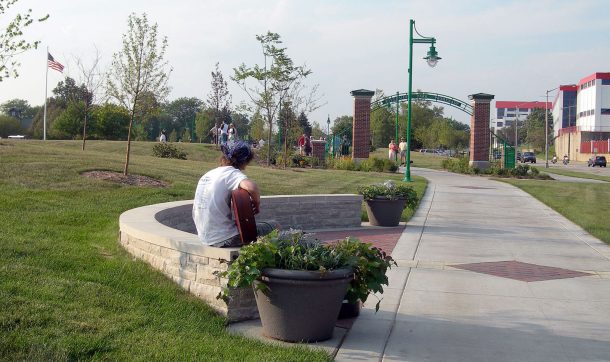
And those are just a few of the specialties and examples of what planners can focus on. The planning and development professionals at Ayres work with clients on this and more.
What Issues and Topics Do Planners Work to Improve?
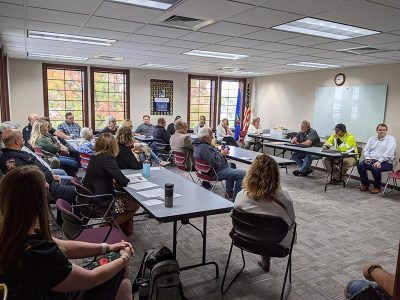 Recently, I spent four days traveling through Wisconsin providing downtown planning workshops for small communities. The diversity of issues they are tackling was astounding – from housing to business development to infrastructure needs. At Ayres, our Development Services team spans three geographies – the Front Range of Colorado and Wyoming, Florida and the Southeast, and Wisconsin and the surrounding states – so we’re constantly working with communities on new and unique challenges.
Recently, I spent four days traveling through Wisconsin providing downtown planning workshops for small communities. The diversity of issues they are tackling was astounding – from housing to business development to infrastructure needs. At Ayres, our Development Services team spans three geographies – the Front Range of Colorado and Wyoming, Florida and the Southeast, and Wisconsin and the surrounding states – so we’re constantly working with communities on new and unique challenges.
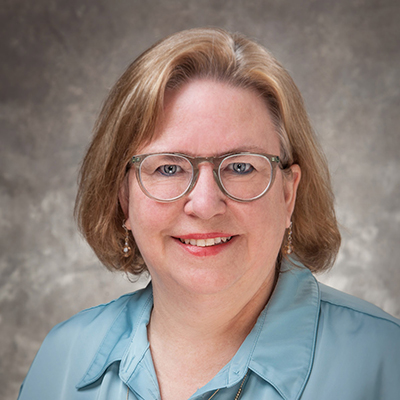
About the Expert:
Amanda Arnold, AICP, has provided planning expertise as a consultant and from a variety of public sector positions, having worked for a regional planning commission, a transit authority, and jurisdictions of various sizes. Her vast experience includes completing comprehensive plans, overseeing capital improvement projects, coordinating with neighborhood groups, and reviewing subdivision and site plans.
I’m thankful that I’m able to pull on the visioning, design, graphic, policy, and economic skills of my colleagues; so, as I reflect on National Community Planning Month, I do feel like celebrating it. Cities are complicated places, and as we tackle bouncing back from a historic pandemic, preparing for new technology that is shaping our driving and shopping habits, and planning for new housing demands brought about by changing demographics, planners provide the guidance to keep our communities thriving.
Case In Point: Rib Mountain Drive Corridor Plan
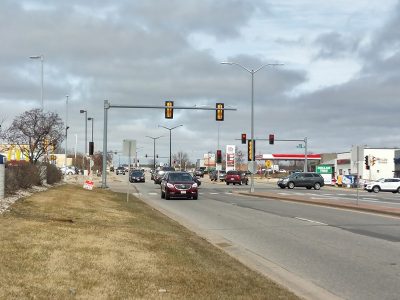 One of the best things about planning is watching a vision become reality. Sometime this can take several steps. Last year in Rib Mountain, Wisconsin, the Ayres staff helped the community by drafting a corridor master plan to address how to transition from big box retail to a more sustainable form of development. This forward-thinking community wants to plan for future changes in transportation, retail, and demographics. Now, Ayres is helping to implement some of the plan recommendations by assisting the Town with an overhaul of its zoning ordinance. The new code will promote more mixed-use development and will be a more user-friendly document that will help community leaders and developers create the community they want.
One of the best things about planning is watching a vision become reality. Sometime this can take several steps. Last year in Rib Mountain, Wisconsin, the Ayres staff helped the community by drafting a corridor master plan to address how to transition from big box retail to a more sustainable form of development. This forward-thinking community wants to plan for future changes in transportation, retail, and demographics. Now, Ayres is helping to implement some of the plan recommendations by assisting the Town with an overhaul of its zoning ordinance. The new code will promote more mixed-use development and will be a more user-friendly document that will help community leaders and developers create the community they want.

Post a comment: